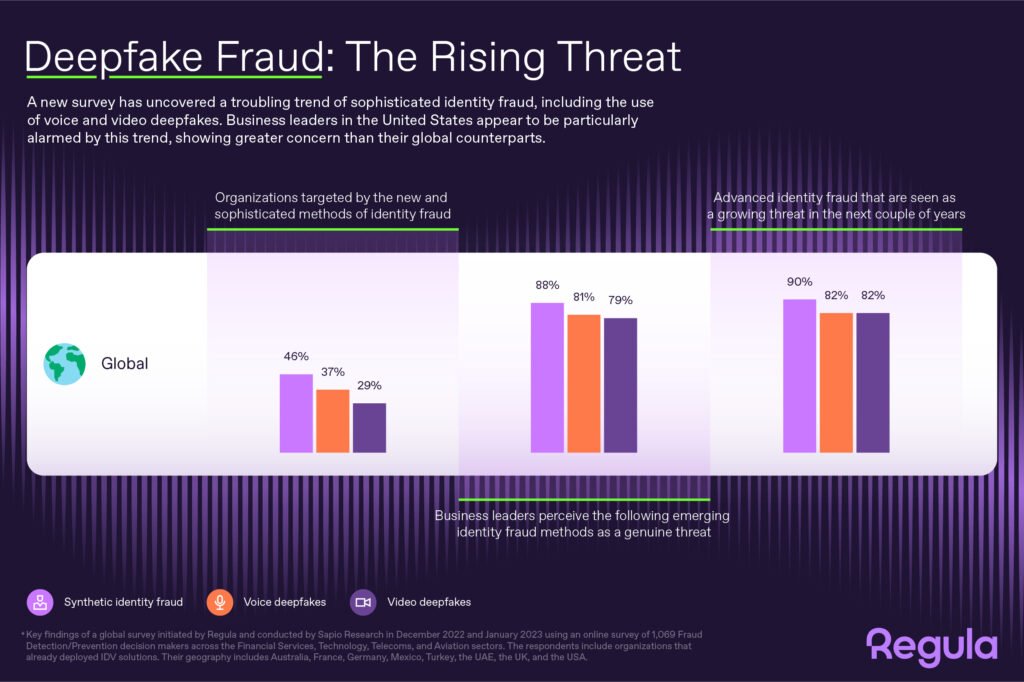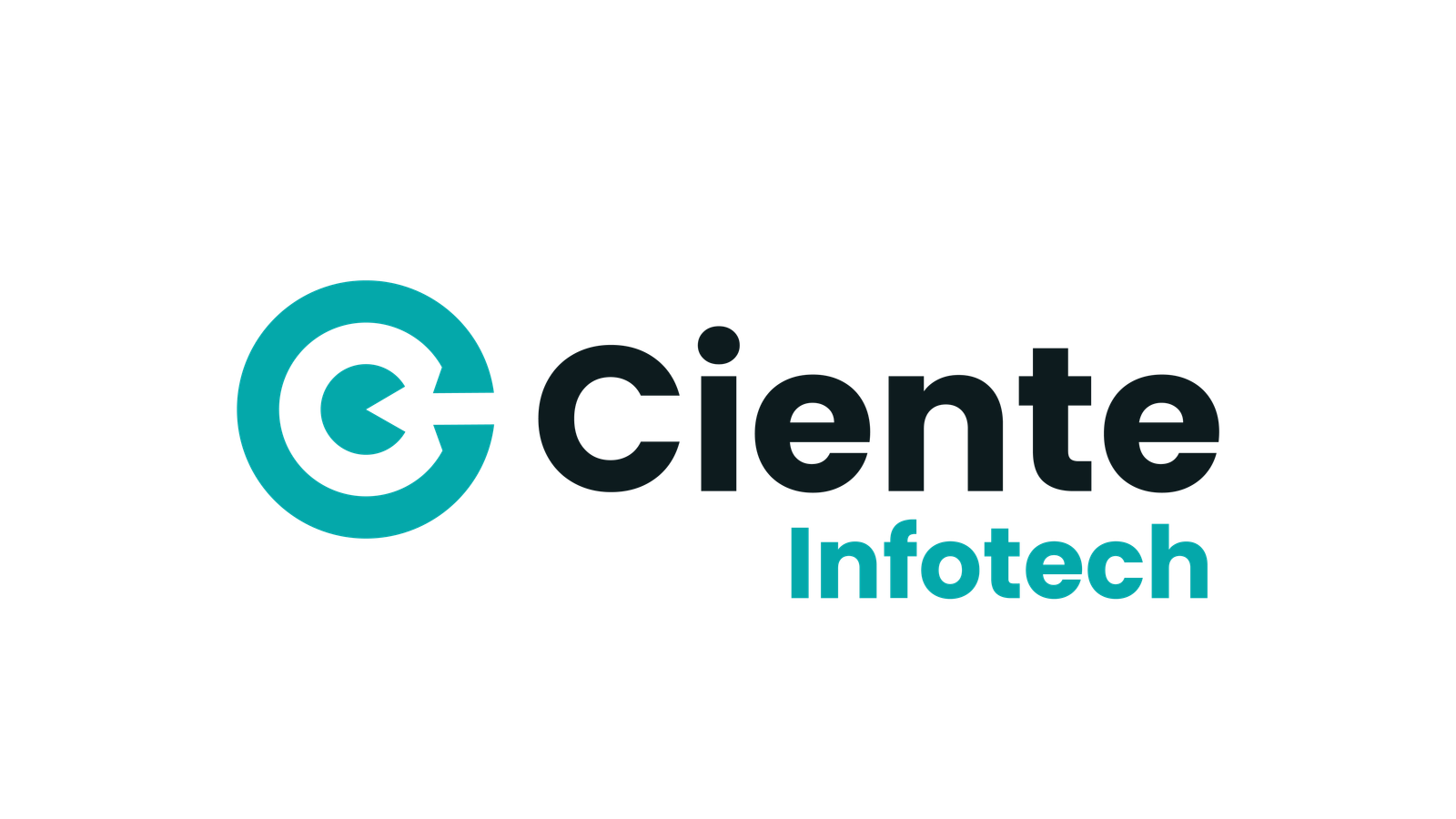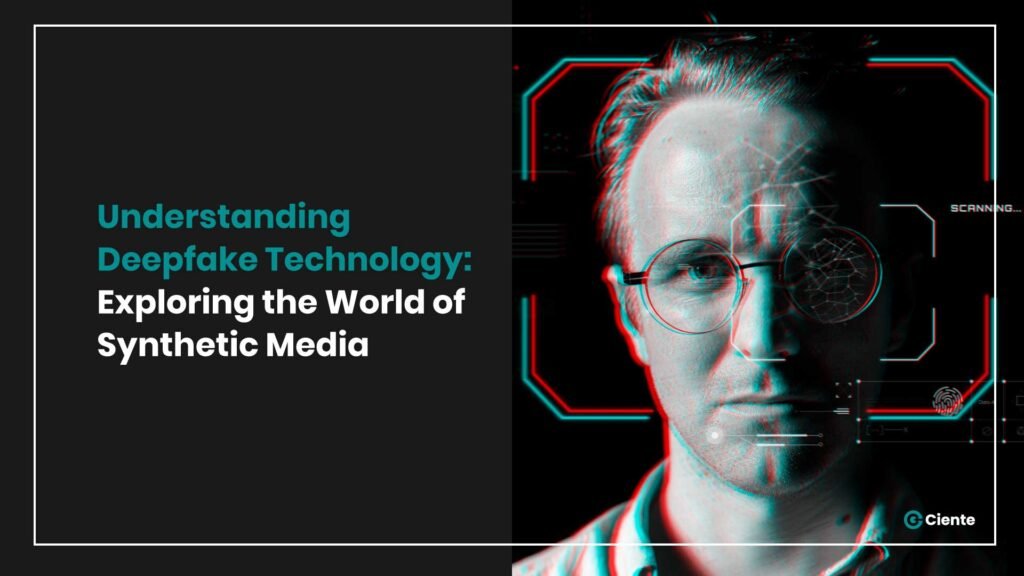Deepfakes refer to synthetic media created using advanced AI and ML techniques. What are its potential applications and implications for society at large?
In an era dominated by rapidly advancing technology, one of the most intriguing and concerning developments is the rise of deepfake technology. Deepfakes are a form of synthetic media that uses AI algorithms to create incredibly realistic and often fabricated videos, audio recordings, or images. While they can be entertaining and have potential positive applications, deepfakes also pose significant risks, raising concerns about misinformation, privacy invasion, and the erosion of trust in media. According to estimations from DeepMedia (Reuters), 500,000 voice and video deepfakes will be posted worldwide on social media platforms in 2023.
In this blog, we delve into the world of deepfake technology, exploring its mechanisms, applications, challenges, and the implications it holds for society.
What Are Deepfakes?
Deepfakes are AI-generated media that involve manipulating or superimposing existing content onto different subjects, often using machine learning techniques known as generative adversarial networks (GANs). GANs consist of two neural networks, the generator, and the discriminator, that work together to create realistic and convincing media. The generator generates fake content, while the discriminator evaluates it against real content. Through a continuous feedback loop, deepfakes become increasingly sophisticated and difficult to detect. According to a Statista study, 57% of people worldwide indicated they could identify a deepfake video, while 43% said they wouldn’t be able to distinguish between a deepfake and a genuine film.
Deepfakes utilize AI and machine learning algorithms, particularly deep neural networks, to create realistic fake videos, images, or audio. These algorithms can analyze vast amounts of data and learn to imitate the voice and facial expressions of a specific individual. By feeding the AI with a large dataset of images or videos of a target person, deepfakes can generate new content where the person appears to say or do things they never actually did. Another survey by iProov states that 71% of respondents worldwide claim to be unaware of what a deepfake is, while a little less than one-third of customers worldwide claim to be aware of deepfakes.

Source: iProov
How Do Deepfakes Work?
To create a deepfake, the AI model requires a substantial dataset of the target subject, such as a person’s face, voice, or body movements. The more data available, the more convincing the deepfake becomes. The AI uses this data to analyze facial expressions, mannerisms, and voice patterns, allowing it to replicate them in the synthesized content. Once the AI model is trained, it can swap faces in videos, change facial expressions, or even generate entirely new scenes that appear authentic.
The creation of deepfakes involves two crucial steps: training and synthesis. During the training phase, the AI algorithm processes the input data (images or videos) of the target individual and learns their unique facial features, expressions, and voice patterns. This process involves complex calculations and optimization to create a model capable of replicating the target’s appearance convincingly. In the synthesis phase, the AI uses the trained model to superimpose or replace the target’s features with the desired content. The synthesized content is designed to be so realistic that it can be challenging to distinguish it from authentic media.

Source: Business Wire
Applications of Deepfake Technology
1. Entertainment: Deepfakes have gained popularity in the entertainment industry for creating amusing videos that mix and match celebrities or blend fictional characters into real-life scenarios.
2. Dubbing and Localization: Deepfake technology can be used to dub movies or TV shows into different languages while maintaining lip-sync accuracy, thus facilitating global distribution.
3. Personalized Content: Deepfakes have the potential to revolutionize personalized content delivery, creating custom videos with people’s faces and names in a wide range of scenarios.
Challenges and Concerns
While deepfake technology has its creative applications, it raises significant challenges and concerns:
1. Misinformation: Deepfakes can be used to spread misinformation or fake news, potentially damaging reputations and distorting public perceptions.
2. Privacy Invasion: Creating deepfakes from publicly available data raises concerns about privacy invasion and the potential misuse of personal information.
3. Cybersecurity Threats: Deepfakes can be used as a tool for cyber-attacks, including phishing scams or impersonation.
4. Erosion of Trust: The proliferation of deepfakes can erode trust in media, making it challenging for people to discern genuine content from manipulated ones.
Combating Deepfakes
Deepfakes present several issues that demand a multifaceted solution:
1. Detection Tools: Developing robust AI-powered detection tools can help identify deepfakes and raise awareness about their existence.
2. Media Literacy: Promoting media literacy among the general public can equip individuals with critical thinking skills to identify potential deepfake content.
3. Collaboration: Governments, tech companies, and researchers must collaborate to develop guidelines and regulations to address the misuse of deepfake technology.
Wrapping Up
Deepfake technology offers both creative potential and significant risks. While it opens up new possibilities in entertainment and virtual experiences, the threat it poses to truth and reality cannot be ignored. Striking a balance between harnessing the benefits and mitigating the risks will be crucial in navigating the evolving landscape of synthetic media. As this technology continues to evolve, society needs to stay informed, vigilant, and proactive in addressing the challenges posed by deepfakes. By promoting awareness, enhancing media literacy, and fostering collaborative efforts, we can collectively address the concerns raised by deepfake technology and ensure its responsible use for the betterment of society.



